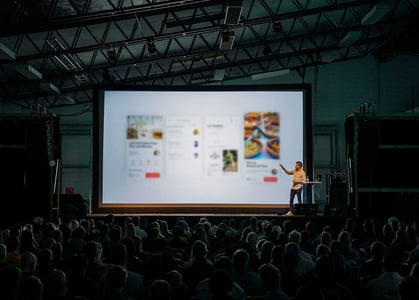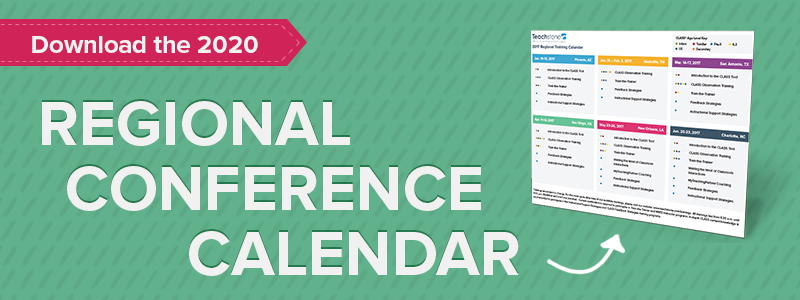
As we head into elections, I've been crafting a story to share with my local legislators. I want to let them know the many glorious reasons why they need to fund early childhood education.
Everyone knows stories matter, so as I stared at my blank piece of paper I found myself wondering:
How do you make a good story great?
According to the American Press Institute, “A good story is about something the audience decides is interesting or important. A great story does both by using storytelling to make important news interesting.” Broader research shows that when we listen to effective stories and metaphors, our whole brain engages. While listening to stories, we make connections, and understand cause and effect. We even build empathy with the storyteller.
What can we do to make good stories great? Suggestions across the web reiterate the following tips, which I couldn’t help thinking about in CLASS terms.
- Firstly, be clear and succinct (Instructional Learning Formats)
- Remind your audience of the larger context (Content Development)
- Be personal (Positive Climate)
- Take your audience’s perspective (Regard for Student Perspectives)
- Use everyday language (Language Modeling)
Telling Stories as a CLASS Trainer
The exercise of writing to my representatives brought me back to my first CLASS observation training. I was, admittedly, not a good CLASS storyteller at first. You know what it’s like when you conduct a training for the first time—no matter how well you prepare, there’s usually something that didn’t flow like you imagined. Perhaps the participants didn’t understand the point you were trying to make.
We all survive this humbling experience, and then reflect, study, and practice before diving back into our second training. Each training goes a little more smoothly as we grow our skills in conveying our content knowledge. In short, we, trainers, continually strive to become better CLASS storytellers. So, how do you do this?
Prepare and tell the stories that make CLASS interesting. Have at your fingertips different personal or real-world examples that highlight key aspects of CLASS. Spend time anticipating what might be hard to understand, and come up with scenarios (“stories”) that clearly illustrate the point. For example:
- Describe what Clarity of Learning Objectives looked like during a mealtime the last time you conducted an observation.
- Consider sharing stories that highlight your own early learning curves. For instance, how those “how and why” questions you heard in classrooms tricked you at first—until you realized the kids were simply recalling facts.
- Explain how a teacher repeatedly shushing children showed up as evidence across multiple dimensions.
- Help participants understand why getting blocks out at the request of kids is positive evidence for Regard for Student Perspectives but may bring down Productivity because the kids ended up waiting too long.
When we make stories personal and real for our participants—AND our politicians—our message is more likely to stick and make a difference. This is why great storytelling is so important.
What stories do you tell during trainings that help your participants learn CLASS? Please tell us a story (and while you’re at it, tell one to your legislators too)!

